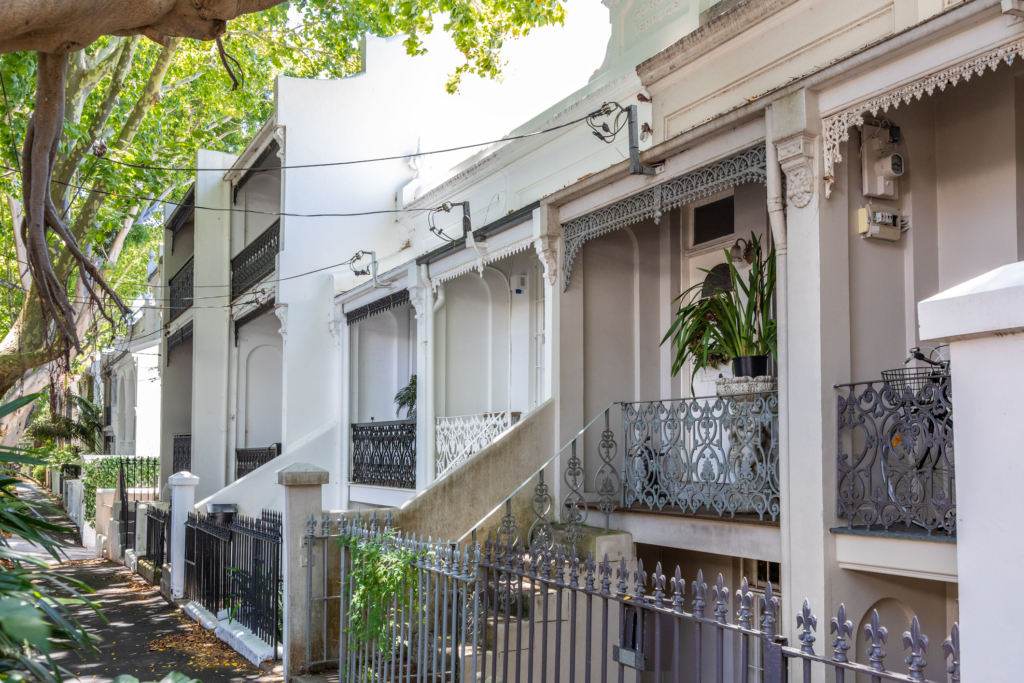Reserve Bank hikes rates for sixth month in a row
The Reserve Bank of Australia has delivered another interest rate hike as the central bank attempts to tame Australia’s high inflation.
The RBA increased the cash rate target by 25 basis points to 2.60% at its October board meeting, the sixth consecutive rise since May, although smaller than the 50 basis points most economists had expected.
The latest move means interest rates are now the highest they’ve been since July 2013, and the central bank has flagged more increases will come.
In a statement following the decision, RBA governor Philip Lowe said inflation, which is running at more than 6%, remained too high.
“Global factors explain much of this high inflation, but strong domestic demand relative to the ability of the economy to meet that demand is also playing a role,” Mr Lowe said.
“The Board is committed to returning inflation to the 2–3% range over time.
“Today’s increase in interest rates will help achieve this goal and further increases are likely to be required over the period ahead.”

The RBA has raised the cash rate from 0.1% to 2.6% since May. Picture: Getty.
Mr Lowe said the board acknowledged the cash rate had been raised substantially over a short time, when forming its decision.
The latest hike was “necessary” to bring inflation down and help achieve a more sustainable balance of demand and supply in the Australian economy, he said.
PropTrack senior economist Eleanor Creagh said the return to a “business-as-usual” sized hike of 25 basis points reflected a “step down to a more measured pace”, following several months of double-sized 50 basis point hikes.
“Whilst inflation expectations have risen, the lift has been moderate in comparison to other countries. The same is also true for the rise in inflation seen to date,” Ms Creagh said.
“In combination with wage pressures that remain more modest in Australia, the board has been able to begin to ease off the gas with respect to their tightening cycle.”
Inflation is expected to rise further in the coming months.
The RBA’s central forecast is that CPI inflation will reach 7.75% annually by the end of 2022, before easing to a little above 4% over 2023 and about 3% over 2024.
Mr Lowe said higher inflation and higher interest rates were putting pressure on household budgets, with the full effects of higher interest rates yet to be felt in mortgage payments.
Consumer confidence has also fallen and house prices were declining after the earlier large increases.


House prices fell nationally in September, but the pace of falls slowed. Picture: Getty.
The latest PropTrack Home Price Index revealed house prices continued to drop across the country in September, down 0.19%, and are now 3.4% below their March peak.
But the decline was the smallest since prices began slipping in April.
Ms Creagh said the latest rate hike is expected to push prices lower through the typically busy spring season.
“Today’s rate hike will further increase borrowing costs and reduce maximum borrowing capacities, pushing property prices further down,” she said.
“In the period ahead the level of interest rates will be a key determinant of housing market conditions and the pace and depth of home price falls.”
At the same time, Mr Lowe noted the economy continues to grow solidly and many companies are still having trouble hiring workers.
The unemployment rate in August was 3.5%, the lowest in almost 50 years.
Mr Lowe said the bank would monitor the global economy and Australians’ spending in response to tighter financial conditions, in deciding future rises.
Westpac chief economist Bill Evans said the increase was lower than expected, with the bank anticipating the rate would be raised by one last move of 50 basis points.
Despite the surprise move, its forecast remained unchanged.
“We retain our forecast that the cash rate will peak at 3.6%,” Mr Evans said in a statement.
“Although now that the sequence of increases has slowed to 25 basis points per meeting, the last increase is now likely to be March rather than February.”


